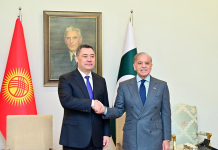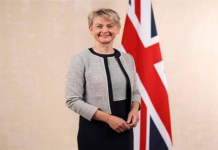India’s Chandrayaan-3 has finally landed on the moon after a 40-day journey starting from the Sathish Dhawan Space Center in Sriharikota and a history of space crashing.
The Vikram lander which crashed into the lunar surface during previous Chandrayaan’s missions, has eventually reached the moon’s south pole.
On Wednesday, Indian Space Research Organisation (ISRO) said it was all set to activate the automatic landing sequence of the spacecraft, triggering the algorithm that will take over once it reaches the designated spot and help it land.
Chandrayaan-3 is expected to remain functional for two weeks, running a series of experiments including a spectrometer analysis of the mineral composition of the lunar surface following its landing.
“Landing on the south pole (of the moon) would actually allow India to explore if there is water ice on the moon. And this is very important for cumulative data and science on the geology of the moon,” said Carla Filotico, a partner and managing director at consultancy SpaceTec Partners.
The mission’s main goal is to demonstrate the Indian space agency’s ability to carry out a gentle landing on the Moon.
India’s attempt to land its Chandrayaan-2 mission near the south pole in 2019 was unsuccessful crashing into the lunar surface.
The Chandrayaan-3 mission was followed by the past space crash and successfully reached the moon, days after the Russian space agency aimed to land on the same region.
India has become a member of a selected group of nations that have accomplished a soft landing on the moon. Before Chandrayaan’s mission; Russia, China, and the United States were the club’s only members.
The Indian space programme is said to have been started by Vikram Sarabhai, whose name is on the Vikram lander.
The Chandrayaan-3 Rover will conduct on-site chemical analysis of the lunar surface while it is in motion. The Rover will be deployed by the Vikram lander followed by the soft landing at the moon’s south pole.

















